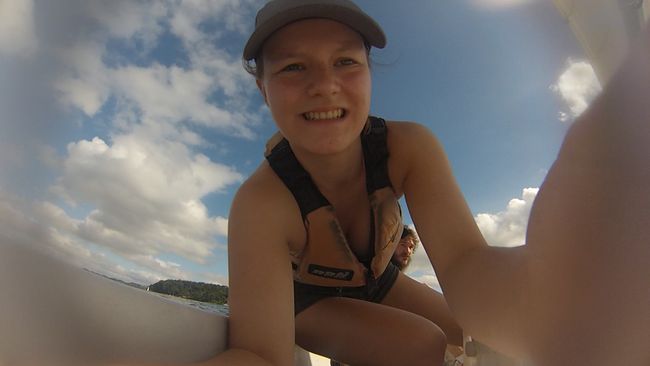Living and working in Sao Paulo
Diterbitkeun: 25.02.2018
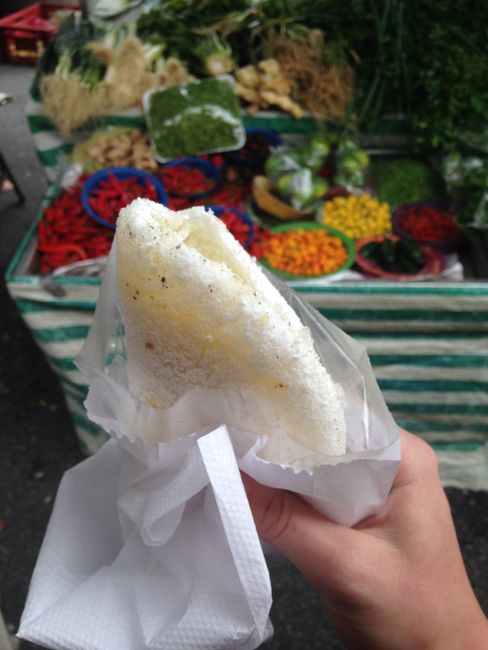
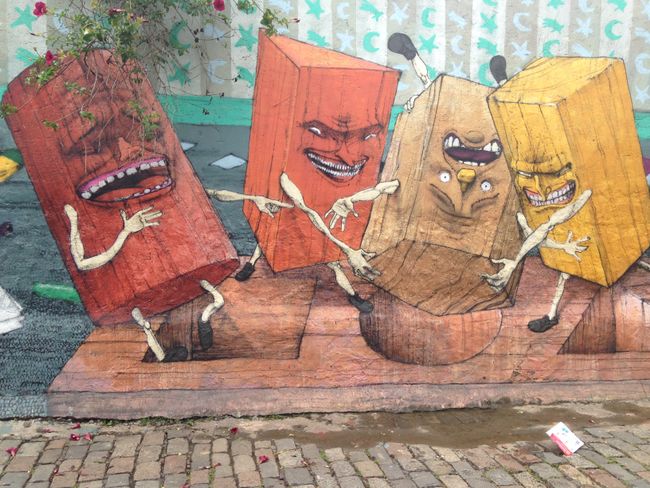
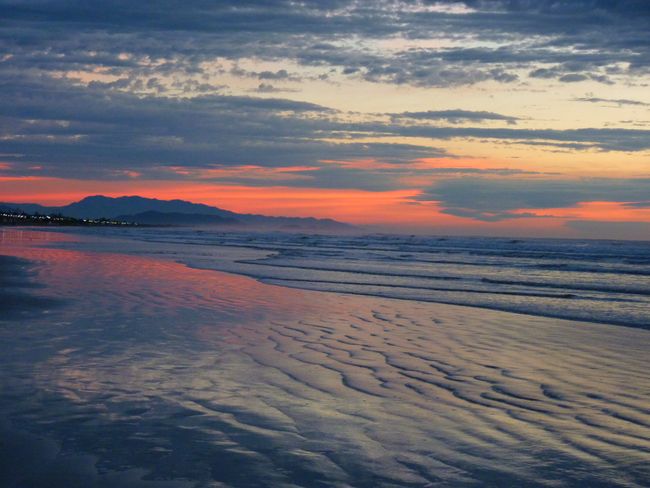
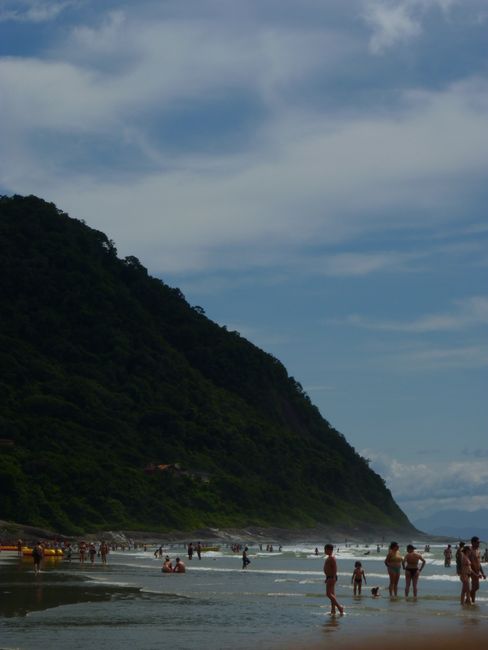
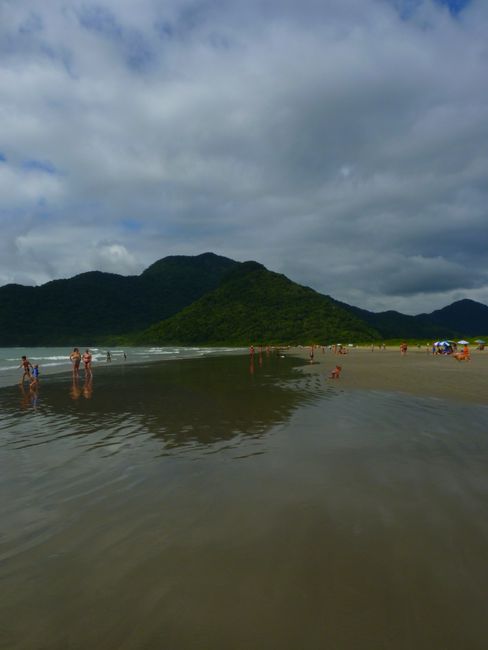
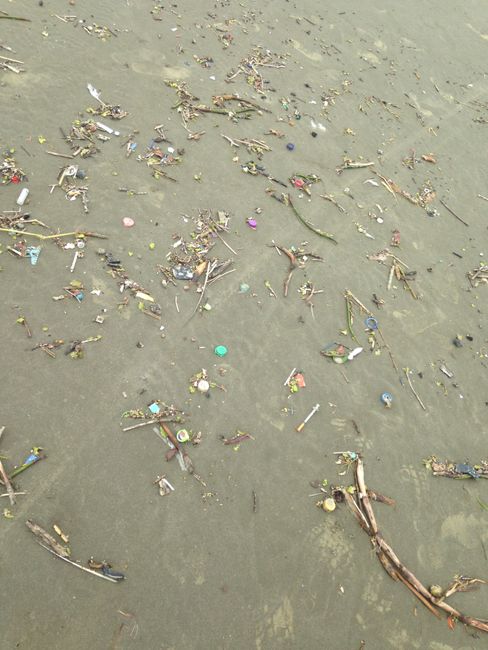
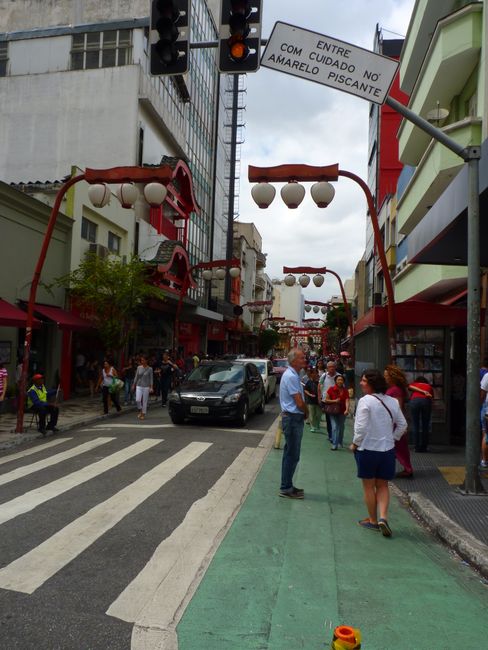
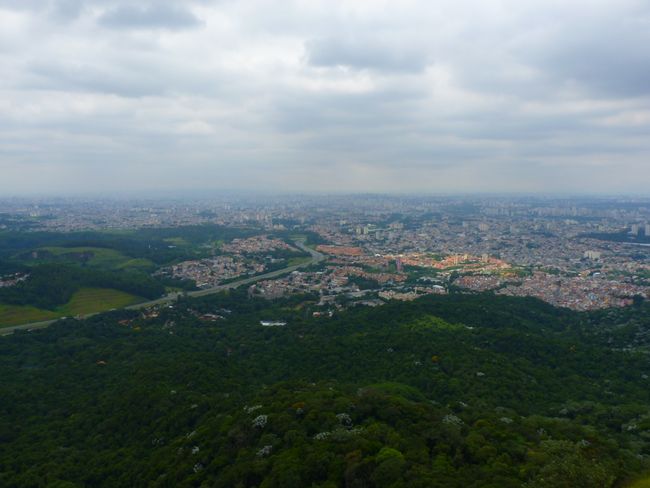
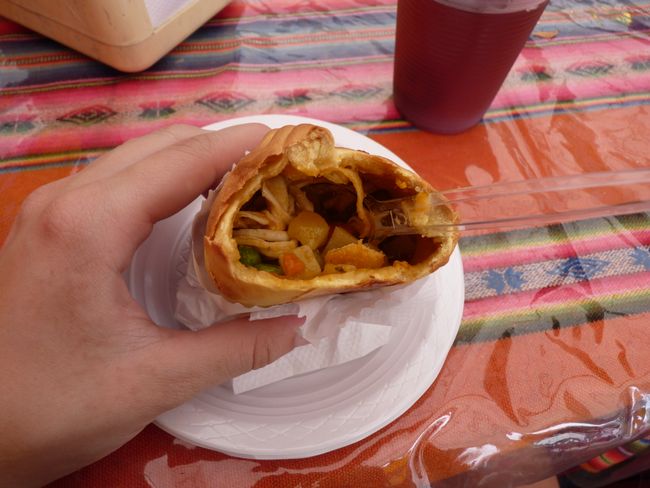
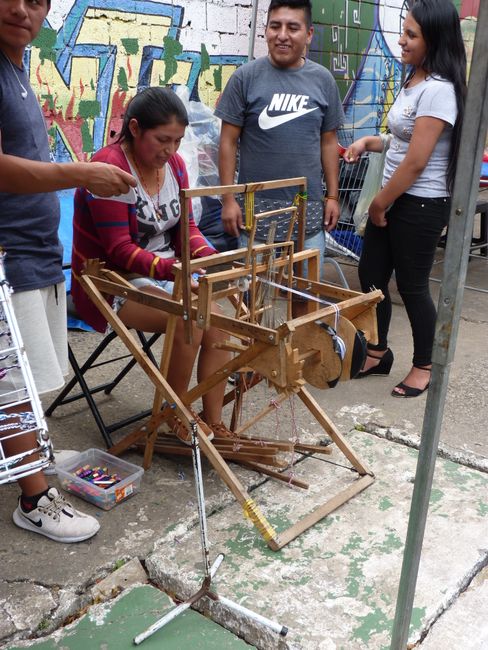
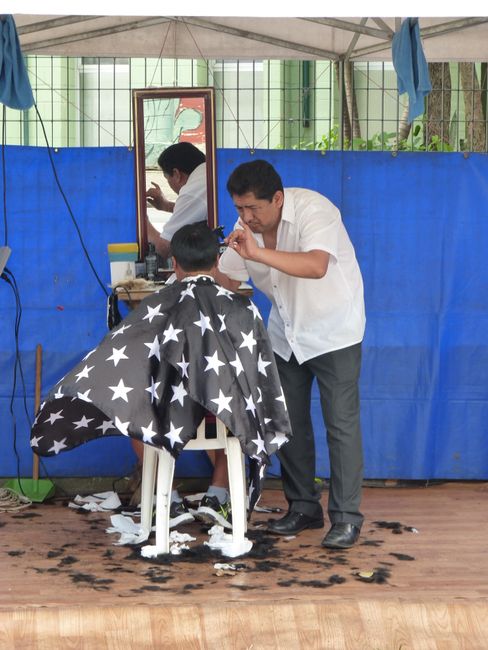
Ngalanggan Newsletter
Hi guys, it's me again from Brazil! :)
This time I'm contacting you directly from the metropolitan city of Sao Paulo, sharing about my work and where I live.
I've been living in the Riviera Paulista for five weeks now, with a family friend of my mother.
The family consists of a Brazilian mother, a German father, and two adult sons (one of whom no longer lives here). At home, we mostly speak German, as it's the fastest way to communicate.
Both sons attended a German school in Brazil, and the older one even lived with us in Germany for about two months eight years ago, so he can speak German fluently.
The Riviera Paulista is a neighborhood in Sao Paulo with lots of nature and is safe to walk around even at night. The Riviera is located on the Guarapiranga dam, a hundred-year-old reservoir in the south of Sao Paulo. Unfortunately, the water in the reservoir is very polluted, so it's not recommended to swim in it. However, there are some sailing clubs and opportunities for kayaking and stand-up paddling. *-*
The special thing about the Riviera is that even though you're in the midst of a mega city (with about 12 million inhabitants, and about 20 million in the greater Sao Paulo area), you don't feel it because you're surrounded by nature. Additionally, the plots of land are larger, there are no high-rise buildings, and it's not as densely populated as the rest of the city.
During the week, I work from ten to seven at a bilingual kindergarten called "Guilherme Tell" in the Vila Mascote neighborhood. My host mother is the director of the kindergarten, and we drive to work together every day, which is very convenient for me as I would otherwise have to take the buses here. :D Buses are expensive, overcrowded, and often don't have air conditioning, which is not so fun when it's over 30 degrees Celsius. But even with the car, it's not easy to get to work because it takes at least 45 minutes, sometimes even an hour, for a distance of 15 kilometers.
In the kindergarten, there are children, ranging from five months to six years old, divided into age groups. So the system is more similar to the German school system than the German kindergarten (in Brazil, kindergarten is also called "escola," meaning "school").
So far, I've mainly worked with the oldest age group (G5). The children are four and five years old and will start elementary school next year. The teachers (here they are called "professoras," which means "teachers" in German) regularly prepare new small topics to work on, such as learning knots, carnival, sewing. My task is to support the teachers, which means playing with the children, reading stories, helping them with sewing and learning to write, and so on.
Another difference from Germany is the working hours. Here, the kindergarten is open from seven in the morning until seven in the evening, while in Germany (as far as I know), most kindergartens close at the latest at five in the afternoon. Additionally, there are sports, music, and language classes for the children, such as ballet, capoeira, German, and English lessons. However, out of about 120 children, only six are learning German.
Aside from the division into age groups, working hours, and language and sports offerings, it's similar to Germany.
In the beginning, it was much more challenging to work with the children than I had imagined because my Portuguese was very poor.
However, there were also significant differences among the children; some understood me better from the beginning than others.
The reactions of the children were/were partially funny and frustrating. For example, as a response, I would hear, "Can you please speak Portuguese?" even though I was already speaking Portuguese. Or on my first day, a boy asked why I spoke like a baby. It's also interesting when the children talk to each other about not understanding anything I said. :D
Thankfully, there are many games, like tag or swinging, that work without many words. Over time, my language skills have improved, and I'm having more and more fun at work!
Since I usually work more than eight hours a day, I have one day off per week, which I really enjoy! :)
On weekends and my day off, we go on many excursions.
On my first Saturday in Sao Paulo, for example, we visited a typical Brazilian market in the neighborhood of Vila Madalena. First, we had a pastel for breakfast, which is very typical for Sao Paulo, and drank sugarcane juice with lime (you can't imagine how delicious this juice is!). Pastel is a large pastry filled with various ingredients (cheese and tomato, meat, vegetables, etc.). We continued past many stands with a huge selection of fruits and vegetables.
The great thing is that even if you don't buy anything, you'll still leave full because every vendor gives you a sweet pineapple slice, dragon fruit (in three variations),... to try. Next, I tried tapioca for the first time, which is a kind of pancake made from tapioca flour. There are also different variations, sweet and savory. I had it with condensed milk and coconut, highly recommend it! After another glass of sugarcane juice with lime, we went to a street art gallery.


During Carnival weekend, I spent time at the beach in Peruibe with another friend's family. We left on Saturday morning at seven o'clock and it took us four hours for a journey that usually takes two hours without traffic. As the weather was already beautiful, we went directly to the beach after lunch. After about half an hour at the beach, dark clouds appeared, and it started raining and thundering. Since the thunderstorm was far away, we stayed in the water because it was warmer than on the beach. On Monday, we went to the beach of Guarau and also bathed in the rain after a nice long walk. *-*



Unfortunately, it rained on Tuesday and Wednesday, so we visited an aquarium and a fish market. In the afternoon, we had planned to go to a Carnival parade, but only five people showed up because of the rain.
Since cleaning machines didn't run on Wednesday, we went for a walk on the beach in Peruibe and saw all the garbage that daily washes up on the shore. It's very shocking to see how much trash is floating in the sea. Even though you hear everywhere that the oceans are polluted, seeing it for yourself has a much stronger impact! However, it should be mentioned that this problem is not exclusive to Brazil or South America. Because many beaches in Europe would look the same way if cleaning machines didn't regularly run along the shore. Which makes it even more alarming and worse!

In the aquarium, we read that most plastic waste takes about 400-600 years to decompose.
At noon, we drove back to Sao Paulo in just two hours. Despite the occasionally bad weather, we made the most of the beach and the sea!
After the short vacation in Peruibe, work resumed on Thursday. The following weekend, I experienced the Brazilian Carnival at a parade. Apart from the heat and live music, it was similar to Carnival in Germany. However, I found the atmosphere here better than in Germany, thanks to the good weather, the people, and their mentality. :D
We also visited the Japanese neighborhood, bairro da liberdade. We strolled through the market and saw many beautiful handmade crafts. For lunch, we ate at a famous Chinese restaurant where the head chef prepared the noodles fresh in the kitchen, which you can see through a glass window from the restaurant. :o
Last weekend, we went to the pico do jaragua, a mountain from which you can see almost all of Sao Paulo. Despite the less-than-perfect view, I now have a better idea of the size of Sao Paulo and the location of various landmarks. Afterward, we went to a Latin American market, where we ate a Peruvian empanada, a slightly sweet pastry filled with meat, potatoes, peas, and a very hot and sweet broth. But it's not eaten like regular empanadas (just taking a bite), instead, you spoon out the filling to avoid burning your mouth.




A hairdresser stand at the Latin American market :DD
Otherwise, we often have barbecues with friends, eat out, or cook at home.
So, until next time. :)
Lisa
Ngalanggan Newsletter
Waleran
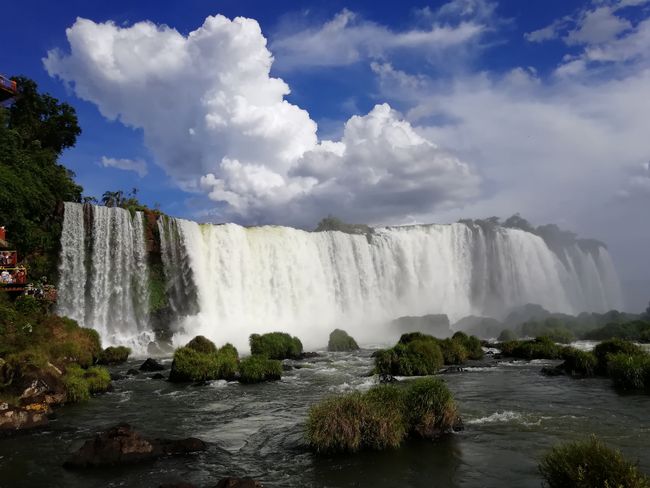
Laporan perjalanan Brazil

